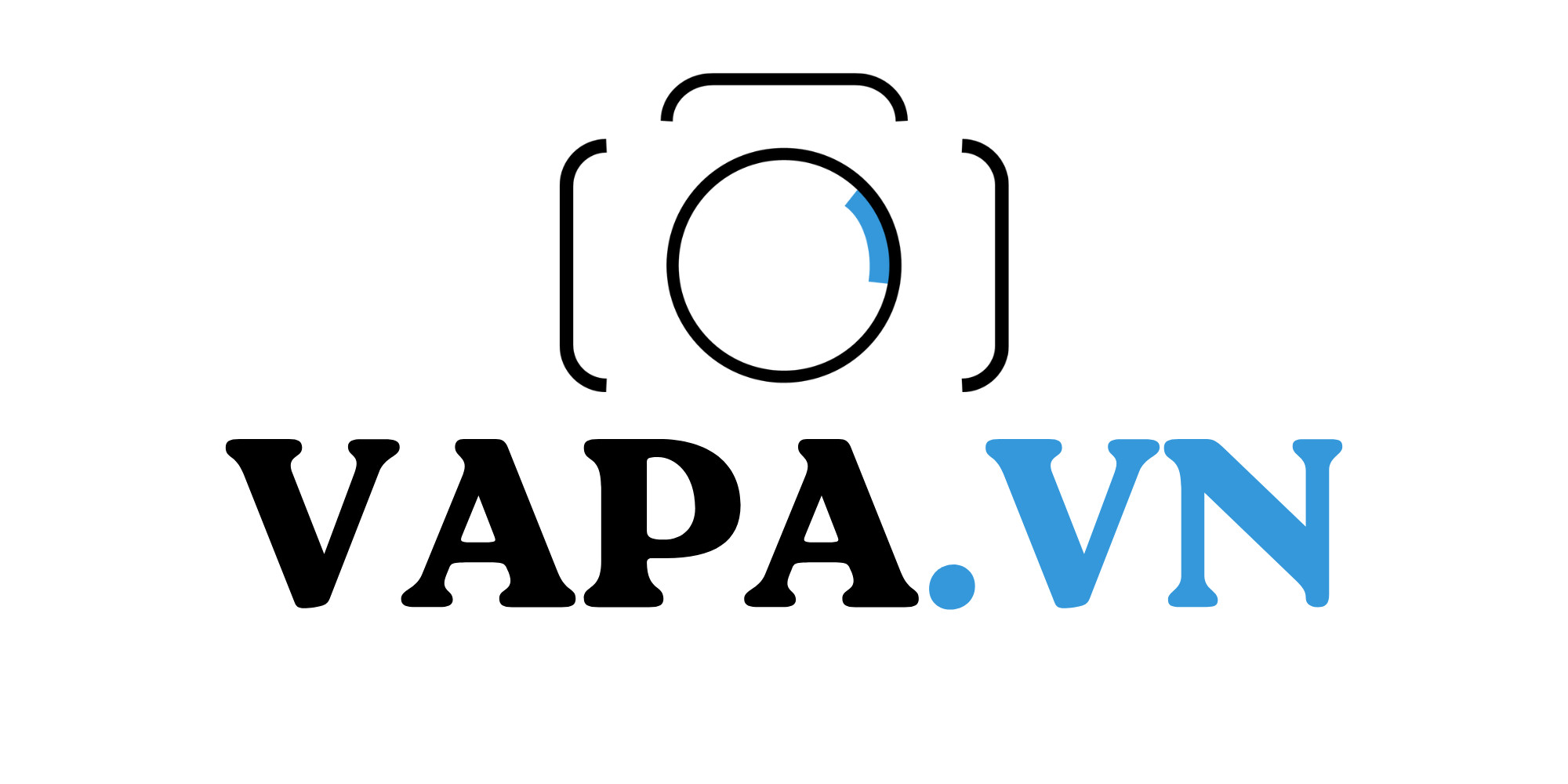Best Practices In Developing Fund Management Software

Efficient fund management is paramount to successful financial operations. In today’s digital age, fund management software has emerged as a vital tool for streamlining processes, enhancing decision-making, and ensuring compliance. This guide explores the benefits, features, and implementation strategies of this management software, with a special focus on solutions provided by TMA Solutions. Let’s explore the fund management platform in this article.
Advantages of adopting fund management software
Fund management software offers a range of benefits that can significantly enhance the efficiency, accuracy, and compliance of investment operations. Here are some key advantages:
- Efficiency: Automates routine tasks and processes, saving time and resources while increasing operational efficiency and productivity.
- Accuracy: Advanced analytics and reporting tools to provide sharper insights into portfolio performance, risk exposure, and compliance status to allow for informed decision-making and strategic planning.
- Compliance: Ensures regulatory compliance by incorporating compliance checks, audit trails, and reporting functionalities to meet industry standards.
- Scalability: Facilitate increasing portfolio volumes, rising transaction volumes, and business re-engineering, hence supporting the organization in growth and expansion.
- Client Service: Enhances client service and communication by providing real-time access to portfolio information, performance reports, and investment updates, fostering transparency and trust with clients and stakeholders.
 Fund management software can automate the process
Fund management software can automate the process
Essential features to consider in fund management software
Selecting the optimal fund management software involves a meticulous evaluation of key features. Let’s delve into these essential features to aid your decision-making process.
Portfolio management functions
Portfolio management capabilities are the primary foundation of fund management software. Fund portfolio management software automates portfolio tracking, allocation, and rebalancing, ensuring that investments align with predefined strategies and risk tolerances. The system continuously updates portfolio data and generates actionable insights to optimize returns.
What to look for:
- Portfolio tracking: Ensure the software provides real-time data on holdings, transactions, and performance metrics. This allows managers to assess portfolio health and act promptly.
- Asset allocation: Look for automated asset allocation tools that adjust portfolios dynamically based on changing market conditions and client investment goals.
- Rebalancing: Automated rebalancing keeps portfolios aligned with target asset allocations by buying or selling assets as market values shift.

Performance tracking and reporting
Performance analysis and reporting features provide insights into investment outcomes through advanced data analytics and custom reporting tools. This helps fund managers assess portfolio performance and optimize investment strategies.
What to look for:
- Performance measurement: Choose a system that supports key performance metrics such as time-weighted returns (TWR) and money-weighted returns (MWR). These indicators help evaluate portfolio growth and fund performance.
- Attribution analysis: Look for tools that analyze returns by asset allocation, sector selection, and market dynamics. This enables a deeper understanding of the portfolio’s strengths and weaknesses.
- Customizable reporting: Ensure the platform allows report customization, including visual elements like graphs, charts, and detailed tables tailored to your specific reporting needs and regulatory standards.
Risk management tools
Risk management tools enable proactive assessment of investment risks through advanced modeling and simulation techniques. This includes evaluating portfolio exposure to market volatility and economic downturns.
What to look for:
- Risk assessment: Look for metrics such as Value-at-Risk (VaR), Sharpe ratios, and stress testing simulations. These help quantify potential portfolio losses and optimize risk-adjusted returns.
- Scenario analysis: Ensure the platform offers scenario modeling that simulates various market conditions and investment environments. This helps managers create resilient portfolios.
- Compliance monitoring: Integrated compliance monitoring tools alert fund managers to potential regulatory violations, ensuring portfolios remain within legal and operational limits.
Compliance and regulatory support tools
Compliance features ensure adherence to financial regulations, safeguarding portfolios against legal risks. This includes monitoring portfolios for regulatory violations and maintaining audit trails for full transparency.
What to look for:
- Regulatory compliance: Ensure the software supports compliance standards like SEC, MiFID II, and GDPR, with automated alerts and real-time compliance checks.
- Audit trails: Look for detailed transaction logs and audit trail functionality, enabling complete visibility into portfolio adjustments and trading activity.
- Document management: Choose a system with secure document storage, including access control, version tracking, and encryption for regulatory filings and financial disclosures.

Integration and future scalability
Seamless integration ensures that fund management software connects with external data providers, financial institutions, and accounting systems. Scalability means allowing the business to grow up with the platform.
What to look for:
- Data integration: Look for platforms that integrate with third-party data sources, custodian banks, and stock exchanges. Support for APIs and data formats like XML, JSON, and FIX protocols is essential.
- Scalability: Ensure the platform supports increasing portfolios, expanding investment strategies, and growing client bases without performance slowdowns. Cloud-based solutions often offer the best scalability.
- API access: Opt for software with well-documented APIs for easy customization and system integrations with CRM, ERP, and analytics tools.
User-friendly interface and easy accessibility
A well-designed user interface simplifies complex investment tasks by making critical functions easily accessible. Custom dashboards and intuitive navigation enable seamless management of multiple portfolios and investment accounts.
What to look for:
- User-friendly interface: Choose a platform with an intuitive interface that minimizes the learning curve and boosts productivity. Look for customizable dashboards and personalized layouts.
- Mobile accessibility: Ensure the platform includes a responsive mobile interface or a dedicated app for monitoring portfolios and making real-time decisions on the go.
- Customization options: Opt for software that supports custom workflows, allowing fund managers to tailor dashboards, reports, and alerts based on specific investment strategies.
Choosing the right fund management software for your business
Choosing the right fund management solution is a pivotal decision that can influence your organization’s efficiency, compliance, and investment performance. Here are some tips to help you with the selection process.
Evaluating your needs
Clearly define your organization’s specific needs before starting to select a fund management software.
- Investment strategy and asset classes: Identify your investment strategy, asset classes, and risk tolerance to ensure the investment fund management software aligns with your operational model.
- Regulatory compliance: Evaluate regulatory requirements in your jurisdiction and industry, and select software with robust compliance features.
- Reporting needs: Define your reporting requirements, whether for client, regulatory, or internal purposes. Ensure the software offers customizable reporting capabilities.
- Workflow integration: Assess your current workflows and select a solution that integrates seamlessly with your existing systems to enhance operational efficiency.
Financial budget planning
Budget plays a significant role in selecting fund management software solutions.
- Total cost of ownership: Evaluate the upfront costs, maintenance fees, and potential customization expenses.
- Scalability: Ensure the pricing model can accommodate future growth.
- Return on investment (ROI): Assess how the software can enhance operational efficiency, reduce manual errors, and improve investment performance.

Growth potential and scalability
Scalability is a critical consideration when selecting a solution for fund management. Ensure the solution can handle your current portfolio size and scale to accommodate future growth. Consider factors such as:
- Transaction volume: The software should be able to handle increasing transaction volumes without performance degradation.
- User capacity: You should find scalable user licensing options that support a growing number of users and concurrent access.
- Portfolio size: Ensure the software can handle your current portfolio and scale to accommodate future growth.
Compatibility with current systems
The software should integrate seamlessly with your existing infrastructure to enhance operational efficiency and data flow. Consider the following:
- Data integration: Check if the software is able to link with the external data sources for market data providers, custodian banks, and accounting platforms.
- Third-party integrations: Assess compatibility with third-party applications like CRM systems and risk management tools.
- Workflow integration: Ensure the software integrates smoothly with your existing workflows and systems to minimize disruption and maximize efficiency.
Vendor credibility and customer support
The reputation and support services of the software vendor are crucial factors to consider.
- Vendor stability: Study the vendor’s historical background and its steadiness in the market.
- Customer support: Seek references from current users to understand their experiences with support and responsiveness.
- Support services: Evaluate the range of support services offered, including training, documentation, and technical assistance.
Steps to successfully implement fund management software
Successful adoption of fund management software requires careful planning and systematic implementation. These stages will defy the success of implementation.
Project planning and strategy
The planning phase sets the stage for implementation by defining clear goals, timelines, and stakeholder roles. This phase ensures that all project aspects are aligned with the business’s strategic vision.
How to execute:
- Project objectives: Establish clear goals like improving portfolio performance, streamlining compliance, or enhancing reporting accuracy. These objectives guide the entire implementation process.
- Timeline and milestones: Create a timeline with key milestones, such as data migration completion, system testing, and user training. Break tasks into manageable phases to ensure steady progress.
- Resource allocation: Assign roles and responsibilities to internal teams or external consultants. Ensure sufficient budget allocation for software licenses, IT infrastructure, and ongoing support.
- Stakeholder engagement: Identify key stakeholders, including IT specialists, financial managers, and compliance officers. Engage them early to gather input and secure buy-in.

Data transfer and migration
Data migration involves transferring historical data from legacy systems to the new fund management platform while ensuring its accuracy, completeness, and usability.
How to execute:
- Data assessment: Review legacy data for inconsistencies, outdated records, or incomplete entries. Classify data based on type and source.
- Data mapping: Develop a data mapping strategy to align legacy data fields with the software’s structure. Define relationships between different data sets.
- Data cleansing: Standardize the format of data, correct errors, and remove duplicate records. Ensure compliance with data privacy regulations.
- Testing: Conduct pilot migrations to test data integrity, accuracy, and completeness. Use test scenarios to validate functionality before a full-scale migration.
Employee training and system onboarding
Proper user training ensures seamless adoption and maximizes software ROI. The customized training sessions provide employees with the necessary skills to use the software efficiently.
How to execute:
- User training: Deliver personalized training modules, combining live sessions, video tutorials, and user guides. Include onboarding sessions for new hires.
- Hands-on practice: Provide sandbox environments for experimentation and scenario-based learning. Allow users to explore features risk-free.
- Role-based training: Customize training content based on user roles, such as fund managers, compliance officers, and IT staff, emphasizing features relevant to their tasks.
- Ongoing support: Establish continuous support through dedicated help desks, community forums, and live chat services.
System testing and quality verification
Testing and quality assurance validate that the software functions correctly, integrates seamlessly, and meets performance benchmarks under real-world conditions.
How to execute:
- Test planning: Develop a detailed test plan that outlines goals, test cases, expected results, and evaluation criteria. Define success metrics for each function.
- Functional testing: Test core features, including portfolio management, data reporting, and compliance modules. Identify and resolve any discrepancies.
- Integration testing: Validate data exchange between the fund management software and third-party platforms like accounting systems or data providers. Ensure compatibility and smooth integration.
- Performance testing: Simulate different usage scenarios to measure system responsiveness, load capacity, and operational stability.
Launch and ongoing support services
The launch phase involves transitioning from the legacy system to the new software, ensuring that operations continue uninterrupted while ongoing support and maintenance keep the system running optimally.
How to execute:
- Deployment planning: Develop a step-by-step deployment roadmap detailing who does what and when. Assign responsibilities for each deployment task.
- User support: Provide real-time support through a dedicated support team. Establish help desks, live chat services, and email-based ticketing systems.
- Monitoring and feedback: Continuously monitor system performance, collecting user feedback to identify usability issues and areas for improvement.
- Maintenance and upgrades: Schedule regular maintenance tasks like database optimization, system patches, and updates. Stay current with vendor-released upgrades and new features.
Fund management software best practices
To maximize the efficiency and effectiveness of your fund management software, consider implementing the following best practices:
- Stay updated: Regularly update the software to ensure optimal performance, security, and compatibility with the latest industry standards.
- Invest in training: Provide comprehensive training to users to maximize their proficiency and adoption of the software.
- Leverage advanced features: Utilize the full range of features to streamline operations, improve decision-making, and enhance performance analysis.
- Monitor and evaluate: Implement robust monitoring and evaluation processes to track system performance and user satisfaction and identify areas for improvement.
- Gather feedback: Actively seek user feedback to refine the software and align it with evolving needs.
- Customize to your needs: Tailor the software to your specific workflows and preferences through customization and configuration options.
- Prioritize data quality: Maintain data accuracy and integrity through regular data cleansing and validation.
- Foster collaboration: Encourage collaboration among users and teams to optimize the use of the software.
- Ensure security and compliance: Put into operation strong security measures and unitary compliance mechanisms for preventing persistent sensitive data and protecting against users under certain industry regulations.
- Integrate with external systems: Connect the software with other systems to streamline workflows and improve data exchange.
Why choose the fund management solution by TMA Solutions?
TMA Solutions is a trusted software development company specializing in fund management solutions, backed by nearly 20 years of experience in the fintech industry. Its strengths include a 600+ member development team, a global portfolio spanning many countries, and comprehensive services covering design, implementation, and system integration. This combination of technical expertise, industry knowledge, and customer-focused service makes TMA Solutions a reliable partner for fund management software development.
Key features of TMA Solutions’ fund management software:
- Portfolio management: Facilitates the investment and management of financial assets, including stocks, bonds, term deposits, and managed funds, ensuring diversified and well-structured portfolios.
- International equities trading: Enables trading and investment in international equities across multiple global security exchanges, supporting cross-border asset management.
- Comprehensive reporting: Provides detailed reports for investors, advisors, and fund managers, enhancing transparency and enabling data-driven decision-making.
- Foreign exchange market access: Supports trading and investment in foreign exchange markets, covering major currencies such as USD, GBP, EUR, and HKD, ensuring broad market participation.
- Clearing and settlement support: Allows banks and brokers to perform international clearing, settlement, and corporate actions, supporting all major ETC protocols and settlement types for efficient transaction processing.
Conclusion
Fund management software is transforming the financial landscape by enhancing efficiency, reducing risks, and driving data-driven decisions. With solutions like those from TMA Solutions, businesses can achieve unparalleled growth and operational excellence. TMA Solutions is the right choice for financial institutions and investment firms looking to enhance their fund management capabilities.



